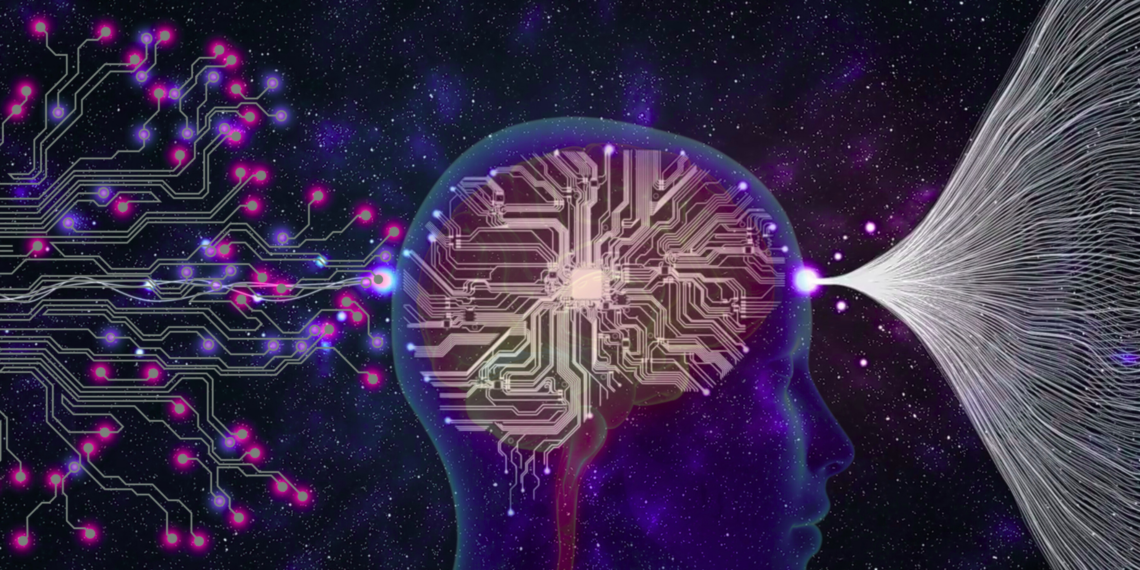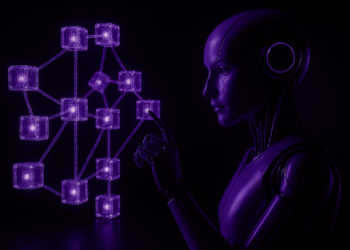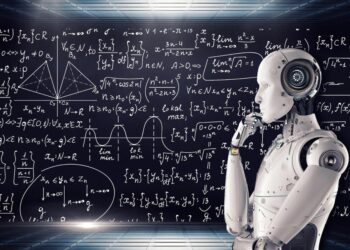Predicting the future has long been considered the realm of science fiction. Yet, with AI and advanced analytics, couldn’t we be on the verge of making this a reality? While the idea may seem far-fetched, the potential exists if we consider that human behaviour, like everything else, can be broken down into data points. Let’s explore this off-the-wall theory and consider how the mapping of human interactions, combined with AI’s immense computational power, could unlock the ability to predict the future.
Trying to limit screen time? You can also listen to the audio above, an AI-generated podcast episode summarising this article.
1. The Data Points of Human Nature
Humans are often deemed unpredictable because of our complex mix of nature and nurture. But what if even this complexity could be mapped? Let’s start with nature, which includes our genetics, DNA, and biological makeup. These are data points that inform everything from our physical characteristics to tendencies toward certain behaviours, such as aggression or empathy. Already, the field of genomics is advancing, providing insight into how specific genes influence health, personality traits, and even decision-making.
On the nurture side, our experiences, environments, and social interactions shape our behaviour. Each event in our lives—every interaction, every sensory input—leaves a mark, teaching us how to respond to similar stimuli in the future. These experiences, too, could theoretically be quantified, as learning algorithms are already being applied to model human decision-making. Psychologists and AI researchers are increasingly understanding how stimuli and historical events contribute to behaviour.
If AI could map the full range of genetic, neurological, and experiential data for individuals, we would essentially have the foundational pieces of a predictive model. Each person would become a highly complex dataset, influenced by millions of interconnected data points.
Mapping Interactions Between People
Once we have this individual data, the next step is to consider how humans interact with one another. These interactions—whether through conversation, conflict, collaboration, or even silent observation—are also data points. Social dynamics are based on the interplay of countless variables, such as emotional states, cultural backgrounds, and prior experiences. AI models already attempt to predict social outcomes, such as the spread of misinformation based on user interactions on social media platforms.
Imagine if we could analyse these interactions at scale. Not only could we predict how one person might react to a specific situation, but we could anticipate how entire social networks would respond. For instance, if you map all the interactions within a company, you might predict how team members would react to leadership changes or market shifts. Now scale that up to global human interaction. By combining insights from psychology, behavioural economics, and social networking analysis, AI might one day predict the outcomes of large-scale social or political events.
See also: Can AI Really Replace Human Managers?
The Limitless Potential of Data for AI
At the core of this theory is the assumption that everything can be broken down into data points, and that, with enough data, all behaviour becomes predictable. While this may seem dystopian or extreme, we’re already seeing AI make stunning predictions. In finance, for example, AI-driven models use past market behaviour to predict future stock prices. In healthcare, AI systems use historical patient data to anticipate disease outbreaks or patient outcomes.
By applying this logic to human behaviour, we could build predictive systems that anticipate individual decisions, social trends, and even larger societal shifts. These systems would require vast amounts of data, from genetic information to detailed records of every social interaction.
2. Ethical and Practical Challenges
There are, of course, significant ethical and practical challenges. Human behaviour is influenced by elements that may be difficult or impossible to quantify—free will, for example, or moral reasoning. Can AI truly capture the depth of human consciousness, or would it always be missing something fundamental about the human experience? Moreover, should we even pursue such predictive capabilities, given the potential for misuse in surveillance or manipulation?
Related Article: AI vs. Human Judgement – Striking the Right Balance
AI is still far from replicating the richness of human decision-making, but the conversation about mapping behaviour as data is an important one. While this theory may seem futuristic, it offers a provocative glimpse into what might be possible with continued advancements in AI and analytics.
At Wemanity, we have developed an AI Transformation approach that enables organisations to fully harness the ever-evolving power of Artificial Intelligence, while keeping humans as protagonists. See this page for more information on how we make that possible.
3. Conclusion
While predicting the future in a deterministic way may remain science fiction for now, the idea of mapping human behaviour with AI is not entirely outlandish. As we gather more data about nature (our genetics) and nurture (our experiences), the possibility of predicting certain outcomes becomes more tangible. Could AI one day predict human behaviour with accuracy, and in turn, the future? Maybe. For now, it’s an idea that challenges us to rethink what is possible when it comes to human-machine interaction.
This concept is far out but offers a fascinating exploration of the future of AI and its potential to change our understanding of the world.












